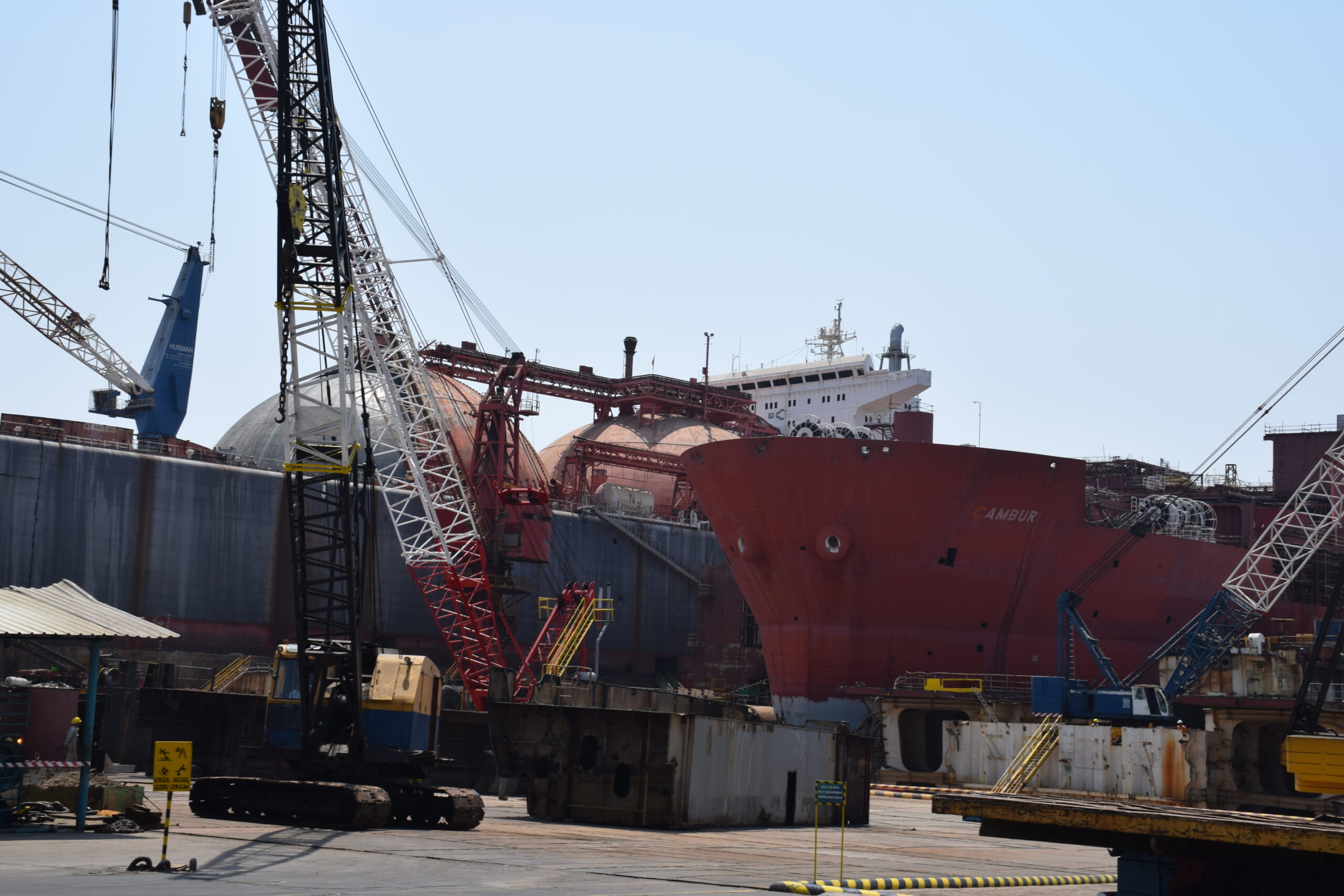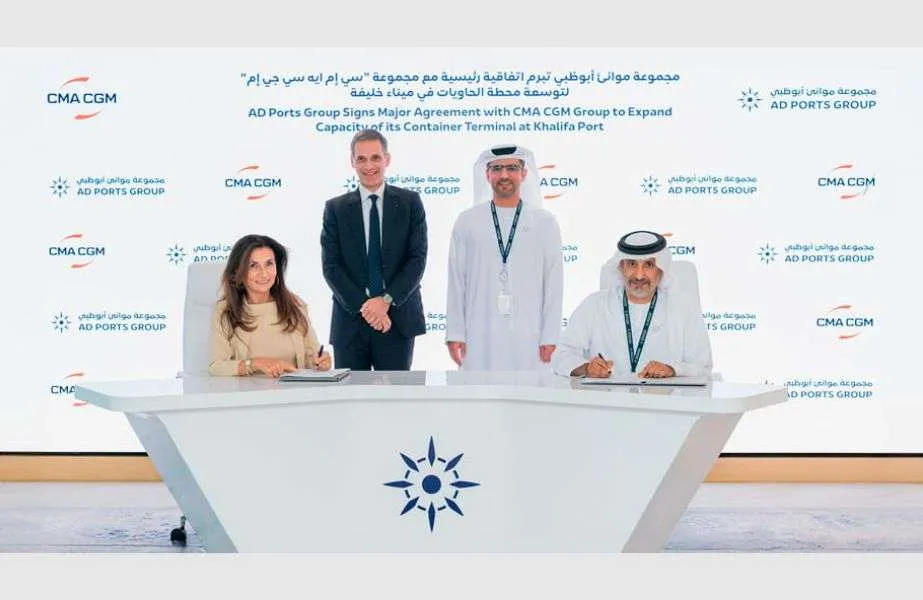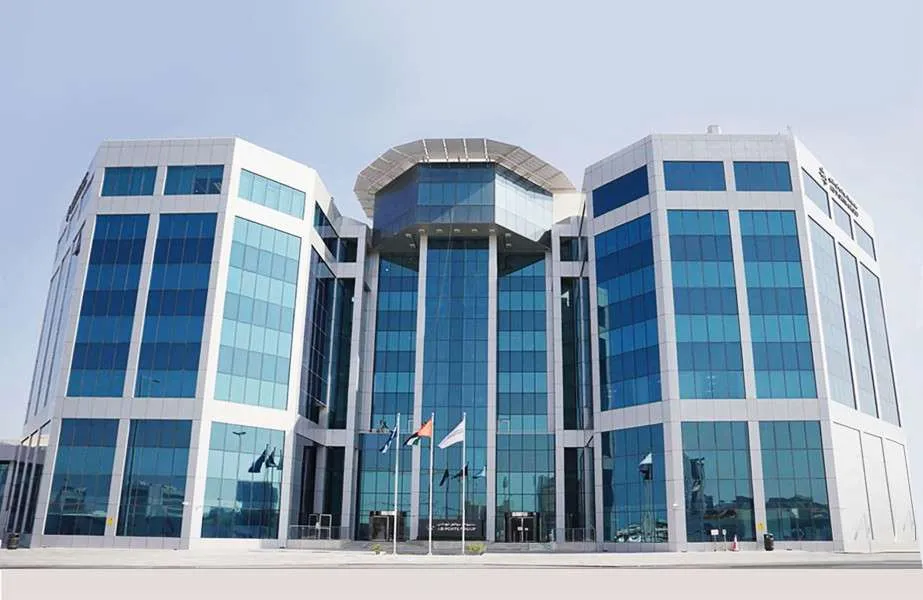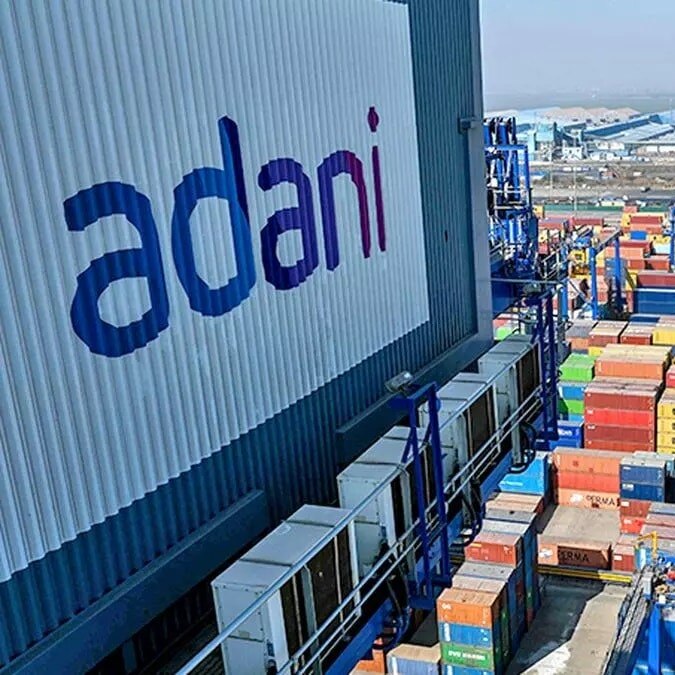Vizhinjam Port to Pioneer Shore Tension System in India: Enhancing Ship Safety and Efficiency
Vizhinjam International Seaport in Kerala is gearing up for a major technological leap that promises to transform its cargo-handling efficiency and vessel safety. The port, which recently began operations, will soon introduce a shore tension mooring system—a dynamic technology designed to stabilise ships berthed at the quay and minimise the risks posed by swaying and surging movements caused by waves.
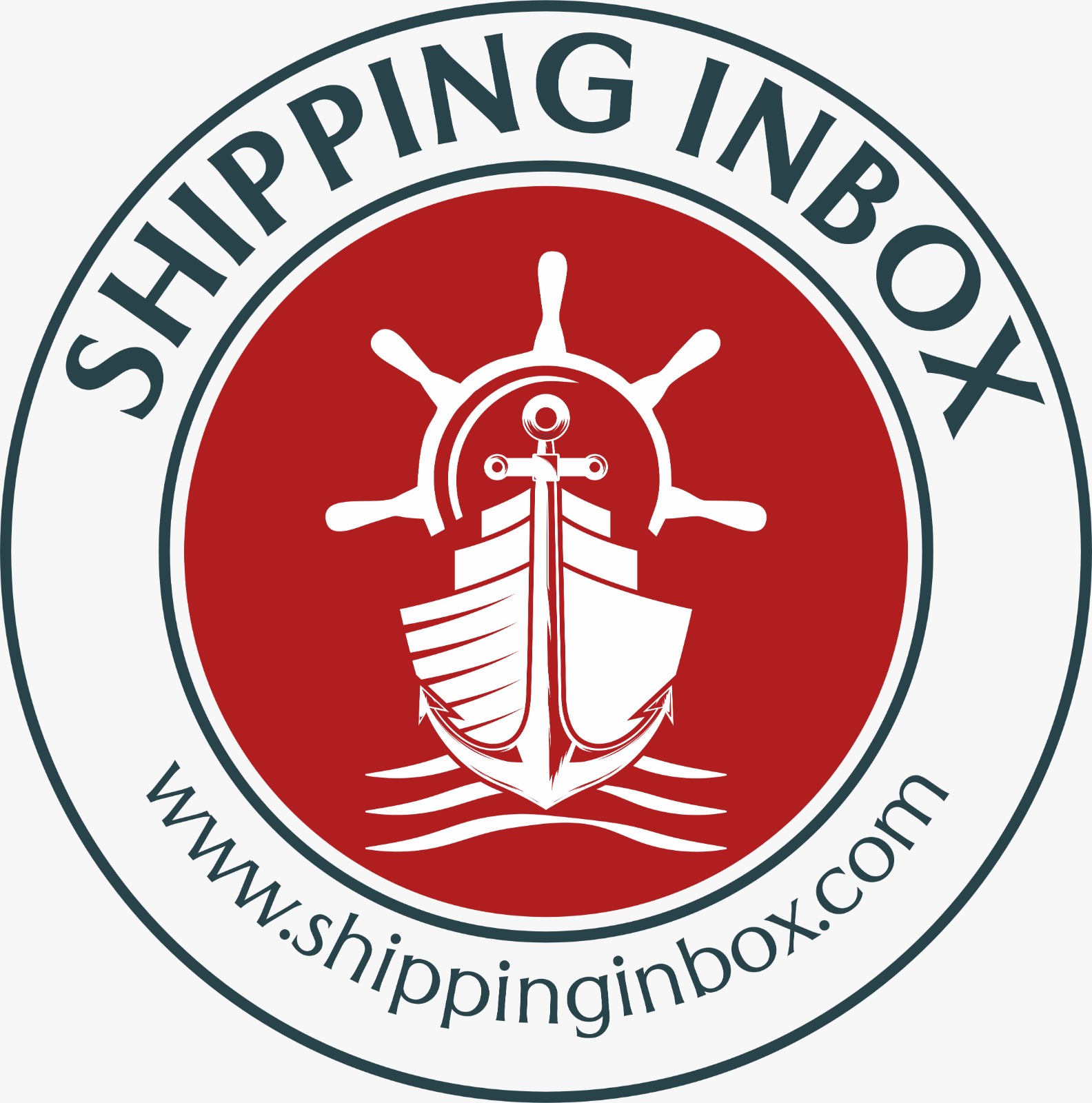
According to port officials, the specialised machinery required for the system will arrive from the Netherlands within the next few days. Once delivered, it will be installed and commissioned within a month. “The company that brings and installs the machinery will also train our staff here to handle and maintain it,” an official confirmed.
This installation will mark the first time an Indian port adopts the shore tension system, positioning Vizhinjam at the forefront of maritime technology in the country.
What is the Shore Tension System?
The shore tension system is a dynamic mooring solution that automatically adjusts the tension of the mooring lines—cables or ropes used to secure a ship to the berth. Traditional mooring often leaves vessels vulnerable to forces caused by waves, currents, and passing ships. Over time, this can strain the mooring lines, cause wear and tear, and lead to instability during cargo operations.
By contrast, the shore tension system continuously senses and balances the tension in the lines. This minimizes the impact of sudden movements, stabilising the ship while docked. For container terminals like Vizhinjam, where semi-automated cranes handle unloading, vessel stability is crucial to maintaining efficiency and preventing disruptions.
“This system counteracts wave pressure and reduces the strain on mooring lines. It ensures ships remain steady, which is vital when operating heavy cranes to move containers,” the official explained.
Why Vizhinjam Needs It
Vizhinjam, strategically located along the international east–west shipping route, is envisioned as India’s first deep-water transhipment hub. It is expected to compete with global ports such as Colombo and Singapore in handling mother vessels that can carry more than 20,000 containers.
The port has a natural draft of around 18 meters, making it capable of accommodating ultra-large container vessels (ULCVs). However, its exposure to open seas means ships are more prone to swaying and surges while berthed. This not only poses operational risks but can also slow down the loading and unloading process.
“The shore tension system is not just about safety—it is also about efficiency. Reduced vessel movement allows faster operations, cuts turnaround time, and helps the port attract more global shipping lines,” the official said.
Recommendation from MSC
The move to adopt this technology came after recommendations from the Mediterranean Shipping Company (MSC), the world’s largest container shipping line. MSC vessels have been among the earliest and most frequent users of Vizhinjam port since its launch.
Given the scale of vessels MSC deploys—often carrying thousands of containers—the shipping giant emphasised the need for stability during port operations. The shore tension system, already in use at several advanced ports globally, was identified as the ideal solution.
“This recommendation from MSC carries significant weight, as it shows global shipping companies see Vizhinjam as a serious transhipment contender. Adopting the best technologies will only boost the port’s credibility,” said a maritime industry analyst.
Benefits Beyond Safety
Apart from enhancing safety and protecting mooring lines, the system is expected to yield several broader benefits for Vizhinjam:
-
Faster Container Handling: With ships remaining steady, cranes can operate more efficiently, reducing delays in loading and unloading cargo.
-
Reduced Turnaround Time: Faster operations mean ships can leave the port sooner, freeing up berths for more vessels and increasing overall throughput.
-
Lower Maintenance Costs: By reducing stress on mooring lines and equipment, the system lowers wear and tear, cutting down repair and replacement expenses.
-
Global Competitiveness: As the first Indian port to adopt this technology, Vizhinjam sets itself apart as a modern, high-tech facility capable of handling the demands of global shipping.
Training and Future Readiness
The Netherlands-based company supplying the system will also oversee training for Vizhinjam’s workforce, ensuring they are fully equipped to manage and maintain the technology. “This transfer of knowledge is as critical as the installation itself. Our staff will gain firsthand expertise in operating a system that many ports worldwide rely on,” the official added.
The training component will also prepare Vizhinjam for potential expansion. As container traffic grows, the port may need to install additional shore tension units across its berths to handle multiple large vessels simultaneously.
A First for India
While ports in Europe, the Middle East, and East Asia have already adopted shore tension systems, India has so far relied on conventional mooring practices. Vizhinjam’s move to break this mould underscores its ambition to become a world-class transhipment hub.
Maritime experts note that this development is symbolic of India’s broader push to modernise its port infrastructure. With initiatives like Sagarmala and Gati Shakti focusing on upgrading logistics and maritime capabilities, Vizhinjam’s adoption of such advanced systems aligns with national objectives.
“This is a milestone not only for Vizhinjam but for Indian shipping as a whole. Introducing technologies of this nature elevates the country’s standing in global maritime trade,” said a senior shipping consultant.
The installation of the shore tension system is expected to be completed and operational within a month. Once deployed, it will serve as a test case for other Indian ports, particularly those with high container traffic or exposed to challenging sea conditions.
For Vizhinjam, the system represents more than just a technological upgrade—it is a signal to the world’s shipping lines that the port is ready to handle the future of global trade with efficiency, safety, and innovation.
“Stability, speed, and safety—that’s what this system brings. And for a new port like Vizhinjam, those qualities are what will define its long-term success,” the official concluded.
Author: shipping inbox
shipping and maritime related web portal





